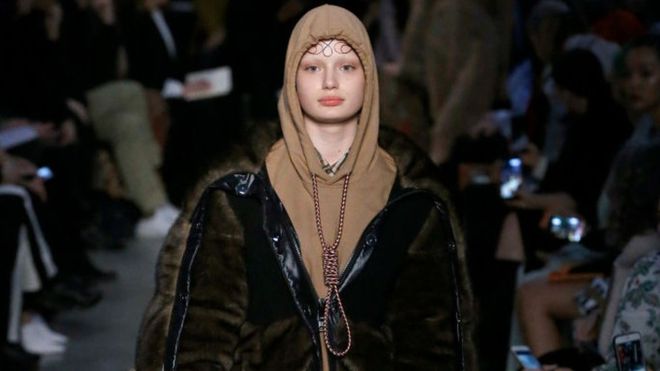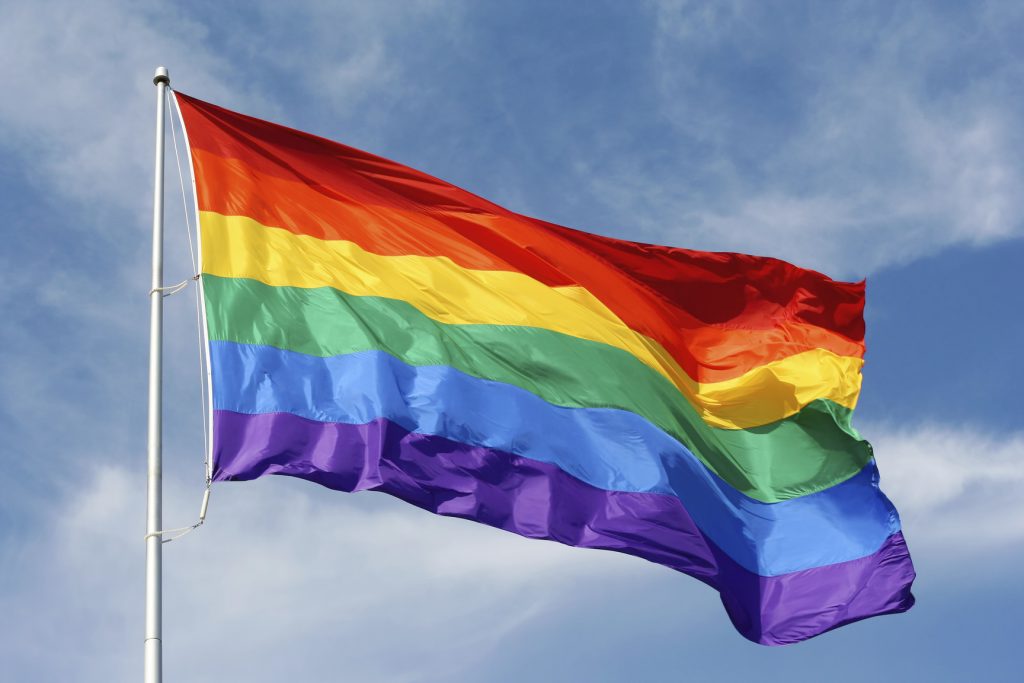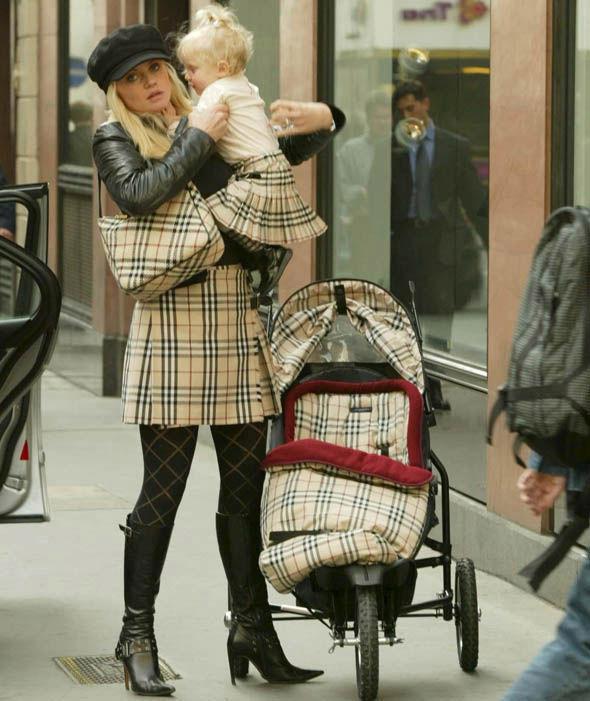Opinion: Why hanging is too good for Burberry
The noose as a must-have fashion accessory? What a dangerous disregard for your audience, writes Attitude publisher Darren Styles OBE.
By Will Stroude

On a day when the fashion legend that was Karl Lagerfeld slipped away from us, to be reunited – we are told by French newspaper Le Monde – with his long-passed one true love, Jacques De Bascher, it seems ironic that another fashion brand would have committed to a spectacular act of self-harm. By celebrating such.
Burberry, as many will have seen by now, chose – on Sunday evening – to send a model down the runway at London Fashion Week wearing a hoodie replete with an actual noose. Because nothing, apparently, says high fashion like hanging them high.
Condemnation, and rightly so, came from all corners – not least from a model within the Burberry show. Said Liz Kennedy on her own Twitter account afterwards, “Suicide is not fashion. It’s not glamorous or edgy and, since this show is dedicated to the youth expressing their voice, here I go… Riccardo Tisci and everyone at Burberry, it is beyond me how you could let a look resembling a noose hanging from a neck out on to the runway.”
Tisci, Burberry’s creative director, did subsequently apologise, of sorts: “While the design was inspired by a nautical theme, I realise that it was insensitive.” Marco Gobbetti, the Burberry CEO, went further, saying Burberry was “deeply sorry for the distress caused” and confirmed the garment in question was to be removed from the autumn-winter collection.
But that’s still not OK. This lands too close to home.

The fashion industry courts the energy of youth, rides the wave of trend-driven consumption and – often – both celebrates and plays with gender boundaries. It knows its audience. It knows its most avid followers – the early adopters, the slavish collectors – are most prevalent among the LGBTQ community. We dress to thrill, of course we do.
But knowing your audience isn’t caring for your audience. You need to understand more than just buying patterns.
A significant body of research has long since confirmed that attempted suicide and contemplation of suicide among LGBTQ young people is significantly higher than among the general population. Similarly, the nature of the coming out process and attitudes among wider society mean older LGBTQ people are more likely to have mental health issues into later life, again leading to depression and suicidal thoughts.
As the publisher of Attitude, a magazine that dedicates 30% of any given issue to style content, more if you include the extent to which we dress our celebrity cover stars, I hear the siren call of the fashion dollar and its popularity among our readers.
But these are the same readers that, every day, email us or DM privately on social channels to express their darkest fears, to share their most personal moments as they wrestle with who they are and what they might one day be. Those of us who work late have taken calls from kids in rural communities, or from council estates the like of which I grew up on, where the fear of the life you want can be greater than the fear of death.

Nigel Owens, the gay Welsh rugby referee (now recognised as the best official in the world game), has told the story of his attempted suicide on a Welsh hillside and his ongoing battle with mental health. Both in a brave and compelling BBC documentary and to a transfixed audience in front of me when collecting an Attitude Award. He was kind enough to credit our magazine with saving his life, and the lives of others.
And that’s the reality. For LGBTQ youth and those into middle age, something you see or read can trigger the best of days. But the reverse is also true. Which is why trying to reinvent the noose as a style item and offering it for sale to a community that values you and follows you is heinously stupid. Not controversial, not pushing at the envelope, not flirting with danger. But creating actual danger, with an act of cretinous and criminal disregard.
Burberry says it’s sorry. And maybe it is. For the avalanche of criticism and the embarrassment caused, most certainly. But the so-called great minds that conceived this, signed it off and sent it out remain in situ. Which is perhaps the most worrying thing of all.
A survey for Pride in London several years back revealed that 47% of LGBTQ people would buy from a company that supported the community, even if it was more inconvenient or more expensive. Imagine, therefore, the impact when the community doesn’t buy from one that is idiotic enough to place the power of suggestion before its most vulnerable members. Assuming you wanted to look like Daniella Westbrook and her pushchair in the first place.

